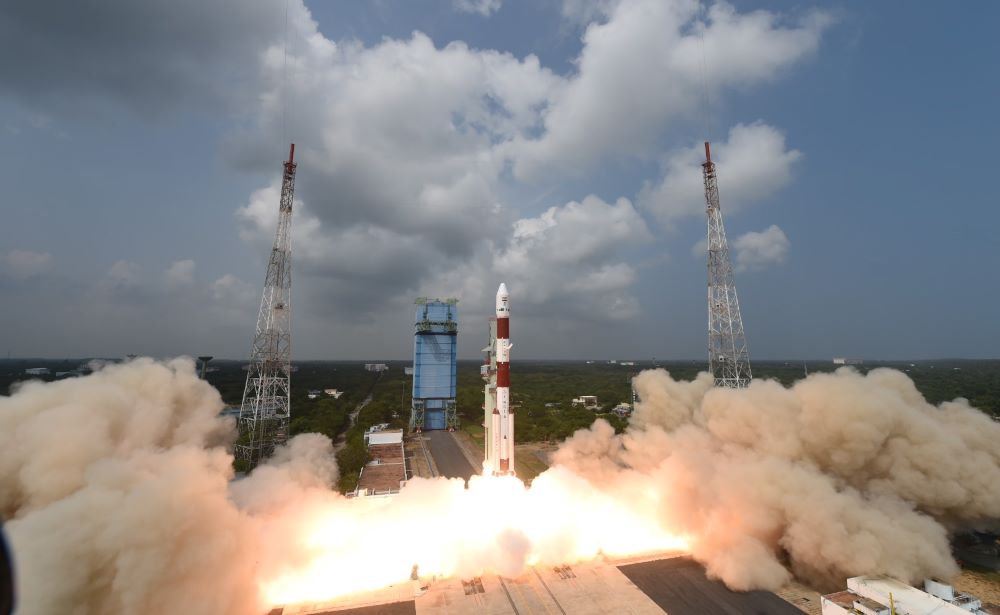NewsGate Press Network
Saturday the 26th of November 2022 was an important day in ISRO.
The third generation Indian satellite for monitoring the oceans, formally named as Earth Observation Satellite-6 (EOS-6) was launched today by the Indian Space Research Organization (ISRO) in partnership with Ministry of Earth Sciences (MoES) among others, from its First Launch Pad (FLP) at Satish Dhawan Space Centre (SDSC), Sriharikota.
The ocean observing mission is a follow up to OceanSat-1 or IRS-P4 and OceanSat-2 launched in 1999 and 2009, respectively.
The satellite was launched aboard the proven launch vehicle PSLV (Polar Satellite Launch Vehicle) on its 56th flight (24th flight of the PSLV-XL version). Today’s launch, designed as PSLV-C54, also accommodated other small satellites along with Oceansat-3.
The Oceansat-3 was placed in the polar orbit at the height of about 740 kilometers above sea level. While at ~1100 kilograms, it is only slightly heavier than Oceansat-1, for the first time in this series it houses three ocean observing sensors viz Ocean Color Monitor (OCM-3), Sea Surface Temperature Monitor (SSTM), and Ku-Band scatterometer (SCAT-3).
There is also an ARGOS payload. All these sensors have their own importance for India’s blue economy aspirations.
The advance 13 channel OCM with 360 m spatial resolution and 1400 km swath will observe the day side of the earth every day and will provide crucial data on distribution of ocean algae which is the base of the food chain within marine ecosystem.
The OCM-3 with high signal-to-noise ratio is expected to provide improved accuracy in daily monitoring of phytoplankton having wide range of operational and research applications including fishery resource management, ocean carbon uptake, harmful algal bloom alerts, and climate studies.
The SSTM will provide ocean surface temperature which is a critical ocean parameter to provide various forecasts ranging from fish aggregation to cyclone genesis and movement. Temperature is a key parameter required to monitor health of the coral reefs, and if needed, to provide coral bleaching alerts.
The Ku-Band Pencil beam scatterometer onboard EOS-6 will provide high resolution wind vector (speed and direction) at the ocean surface, something which any seafarer would like to know of, whether its fishermen or shipping company.
The data of temperature and wind is also very important for assimilation into ocean and weather models to improve their forecast accuracies. ARGOS is a communication payload jointly developed with France and it is used for low-power (energy-efficient) communications including marine robotic floats (Argo floats), fish-tags, drifters, and distress alert devices useful for conducting effective search and rescue operations.


Comments are closed for this post.